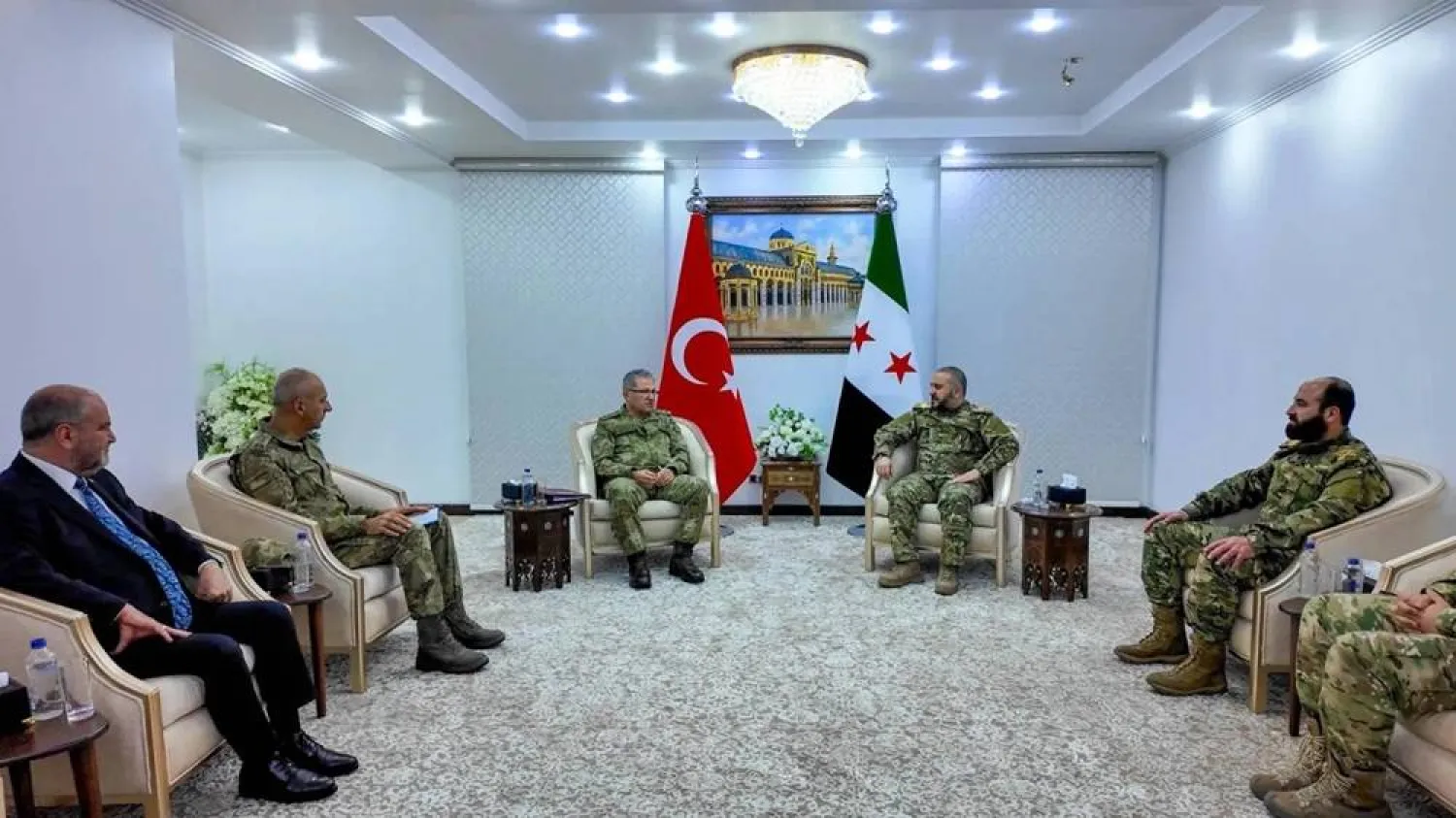Britain on Friday imposed sanctions on senior commanders of Sudan’s Rapid Support Forces (RSF), accusing them of involvement in mass killings, systematic sexual violence and deliberate attacks on civilians in Sudan.
The UK government said Abdul Rahim Hamdan Dagalo, the RSF’s deputy commander and brother of its leader Mohamed Hamdan Dagalo, known as Hemedti, along with three other commanders suspected of involvement in the crimes, are now subject to asset freezes and travel bans.
In an official statement, British Foreign Secretary Yvette Cooper said: “The atrocities taking place in Sudan are so horrific they scar the conscience of the world. The overwhelming evidence of heinous crimes - mass executions, starvation, and the systematic and calculated use of rape as a weapon of war - cannot and will not go unpunished.”
The RSF’s actions in el-Fasher are not random: they are part of a “deliberate strategy to terrorize” populations and seize control through fear and violence. The impact of their actions is visible from space. Satellite images of el-Fasher show blood-stained sand, clusters of bodies, and evidence of mass graves where victims have been burned and buried. There needs to be accountability for these actions, and urgent steps taken to avoid this happening again, it added.
Sanctioning RSF leaders suspected of mass killings and sexual violence in el-Fasher “sends a clear message that those who commit atrocities will be held accountable,” it continued, underscoring Britain’s commitment to preventing further crimes.
Those sanctioned include Abdul Rahim Hamdan Dagalo, the RSF deputy commander, whom the UK said there are reasonable grounds to suspect of involvement in mass killings, ethnically motivated executions, systematic sexual violence including gang rape, kidnapping for ransom, arbitrary detention, and attacks on health facilities and aid workers.
Also sanctioned is Gedo Hamdan Ahmed, the RSF commander in North Darfur, who is suspected of involvement in mass killings, sexual violence, kidnappings and attacks on medical teams and humanitarian staff.
The list further includes Al-Fateh Abdullah Idris, an RSF brigadier suspected of responsibility for violence against people based on ethnicity and religion and for deliberately targeting civilians, and Tijani Ibrahim Moussa Mohamed, an RSF field commander suspected of responsibility for the deliberate targeting of civilians in el-Fasher.
Britain urged all parties to the conflict to immediately end atrocities, protect civilians and remove obstacles to humanitarian access.
The government also pledged an additional £21 million to provide food, shelter, healthcare and protection for women and children in hard-to-reach areas on the brink of collapse. The funding, the statement said, will enable aid agencies to reach 150,000 people, meet basic needs, keep hospitals operating and reunite families separated by war.
The sanctions come after the United States, the United Arab Emirates, Egypt and Saudi Arabia proposed a three-month ceasefire plan in November, followed by peace talks. While the RSF initially accepted the plan, it later launched intensive drone strikes on army-held areas.
The war in Sudan, which erupted in April 2023 between the army and the RSF, has displaced millions.
Earlier this month, the UN Human Rights Council adopted a UK-led resolution condemning atrocities and mandating an urgent investigation into crimes committed in el-Fasher.
UN Secretary-General Antonio Guterres has described the war as a “scandal,” announcing plans to convene talks between the Sudanese army and the RSF in Geneva to press both sides to respect international humanitarian law, protect civilians and implement commitments made under the Jeddah Declaration.









